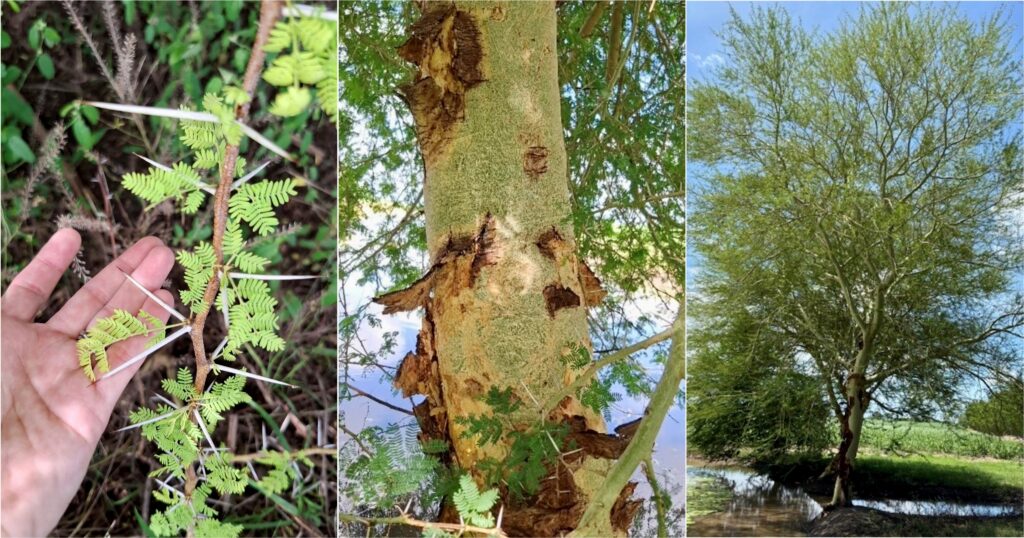
An invasive plant threatening the region’s environment has been successfully removed as part of a coordinated response between Bundaberg Regional Council and Biosecurity Queensland.
A species of Vachellia plant known as the Yellow Fever Tree (Vachellia xanthophloea) was recently spotted by Council’s Biosecurity team at a property in Millbank.
These fast-growing pests are highly invasive and pose serious risks to both the environment and agriculture.
The detected plants are classified as prohibited matter, meaning they must be reported to Biosecurity Queensland within 24 hours of identification.
Environment and Natural Areas portfolio spokesperson Cr Gary Kirk said after flagging the find, a taskforce was actioned to search for additional trees.
“Council has worked closely with Biosecurity Queensland to conduct searches at the property and surrounding areas, with ongoing monitoring now planned for several years,” he said.
“Unfortunately, some of the exotic Vachellia species are not only fast-growing and aggressive but also have the potential to severely disrupt the environment and agricultural productivity.
“Early detection and rapid response are important in preventing establishment.”
In total, 31 mature plants from four prohibited Vachellia species have been removed as part of the coordinated response.
Cr Kirk praised the swift response of Council staff and said their actions were instrumental in removing the biosecurity threat.
“Thanks to the vigilance of our Biosecurity officers here at Council, this issue has now been taken care of,” he said.
“This serves as a reminder that education is essential when it comes to identifying and managing pest plants.
“If we all know what to look for, we can each play a role in protecting our environment.”
How can you help?
There have only been three known detections of Yellow Fever Tree in Australia.
Cr Kirk said while finding the species in residential gardens was rare, it was still important to remain vigilant.
“We’re asking the community to help us keep an eye out,” he said.
“If you see a plant that looks suspicious or unfamiliar please report it to Biosecurity Queensland or Council.”
How to spot a Yellow Fever Tree
Features of a Yellow Fever Tree include:
- Can reach 10 to 25 metres in height
- Bark is smooth, slightly flaking and coated with a distinctive greenish-yellow powder
- Powder can be rubbed away to reveal green bark underneath
- Yellow flowers
- Leaves made up of many small leaflets arranged in pairs, giving them a feathery look
It’s important to note that a non-restricted lookalike, commonly known as Mimosa Bush, is present in the region and may be mistaken for prohibited species.
To find out more or to report a pest plant click here.





